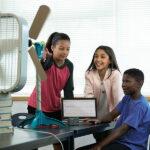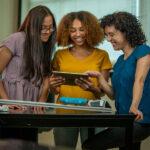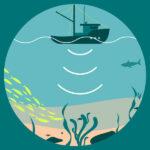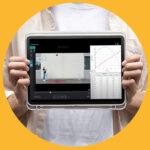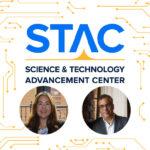
Sharing ideas and inspiration for engagement, inclusion, and excellence in STEM

At Vernier, our goal is to help all students become STEM-literate citizens. So, as we develop lessons for Vernier Connections, it is critical that we design a journey that will support the learning of all students.
This is why we decided to ground all Connections lessons in the principles of Universal Design for Learning (UDL):
- Engagement
- Representation
- Action and expression
With the principles of UDL as our foundation, we are creating Connections lessons that accommodate a wide variety of learning needs while avoiding unnecessary learning obstacles.
What is UDL?
UDL is a framework for optimizing teaching and learning that is based on scientific insights into how people learn.
Developed by CAST to help educators address the varying needs of individual students, UDL integrates neuroscience and education research. It also leverages technology to guide the design of learning experiences that accommodate the abilities and needs of all learners.
Research has shown that the UDL framework can have a positive impact on learning for all students and has great potential to increase equity in STEM learning for emerging multilingual learners and students with disabilities.
How Are We Incorporating the Principles of UDL into Vernier Connections Lessons?
As mentioned above, in every Connections lesson, we are designing the learning journey to incorporate each guiding principle of UDL. We are also operating from the understanding that there is not one means of engagement, representation, or action and expression that will be optimal for all learners.
Put another way, we believe it’s always essential to provide options—and the table below gives a high-level overview of the options we are providing in Connections lessons.
ENGAGEMENT
Real-World Phenomenon
Students use existing ideas and findings from hands-on investigations to explain real-world phenomena.
Celebrate Diversity
Phenomenon- driven lessons leverage student interest, cultural experience, and diversity.
Assessment FOR Learning
Formative feedback throughout lessons promotes student engagement and motivation.
Relevant and Authentic
Lessons optimize relevance, value, and authenticity by leveraging real-world applications and challenges.
REPRESENTATION
Vocabulary Support
Vocabulary support embedded in lessons facilitates differentiation and maximizes accessibility.
One-Stop Shop
Lessons supply knowledge and anchor instruction by activating and linking to students’ experiences.
Multiple Forms of Media
Lessons integrate multiple media, making text more accessible.
Encourage Self-Regulation
Lessons revisit key concepts and highlight linkages between ideas to help learners become independent problem solvers.
ACTION & EXPRESSION
Differentiated Reporting
Multiple modes of communication allow all students to easily express their ideas and participate actively.
Class Collaboration
Gallery walk tools help teachers facilitate sharing and discussions that foster collaboration and community.
Student Collaboration
Hands-on investigations promote student engagement with technology and group work.
Individual Expression
Students demonstrate knowledge and grow their data- analysis skills through a variety of individual tasks.
Providing Multiple Means of Engagement
Due to neurology, culture, personal relevance, subjectivity, and/or background knowledge, students differ in how they can be engaged or motivated to learn. Aspects of learning environments that engage some students may disengage others.
In every Connections lesson, we include multiple means of engaging students to ensure the greatest outcome for all learners. Examples include:
- Use a variety of phenomena that have been selected to resonate with students from a variety of cultures and backgrounds.
- Blend online learning with hands-on learning so that students can gather and analyze their own real-world data.
- Enable students to monitor their own learning progress with formative assessment and immediate feedback throughout the lesson.
Focusing on the third bullet point, in Connections, feedback is designed to guide learners toward mastery rather than performance or compliance. It also incentivizes effort and practice to help learners build productive long-term habits. This is particularly important for struggling students.
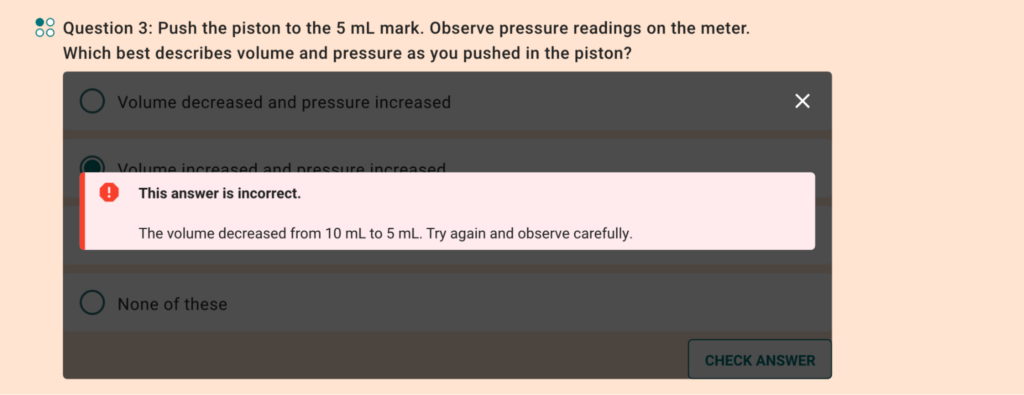
Students receive immediate feedback and can correct their ideas during the lesson as they monitor their own progress.
Providing Multiple Means of Representation
Learners have different ways of perceiving and comprehending information. For instance, sensory disabilities, learning disabilities, and language or cultural differences may require different ways of approaching content.
Remember: Learning and transfer of learning happen when multiple representations are used because they help students make connections within and between concepts.
In every Connections lesson, concepts are illustrated through multiple media—not just text—to support student comprehension. By incorporating illustrations, simulations, images, and interactive graphics, Connections makes information more comprehensible for all learners.
Additionally, students receive background knowledge at the beginning of every lesson to ensure they start with the same understanding. They also become familiar with the focal phenomenon through a common experience that provides equitable entry into science learning for all students.
Every lesson emphasizes readability and minimizes the use of jargon to further support student comprehension. Connections lessons also stress vocabulary support. For example, definitions appear when students select a highlighted term, and simulations are embedded to help learners build their understanding of complex concepts.
Finally, each lesson highlights linkages among the disciplinary core ideas, crosscutting concepts, and science and engineering practices. This helps students become STEM-literate citizens who can be independent problem solvers.
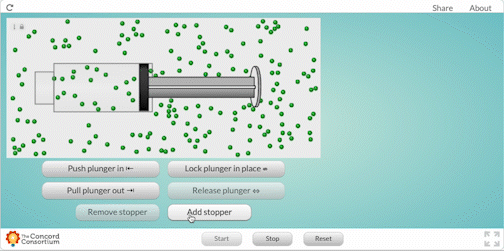
Simulations enable students to observe the causes of phenomena, such as the effect of volume on gas pressure, which helps them make sense of their experimental data and analyses.
Providing Multiple Means of Action and Expression
Learners have different ways of navigating learning environments and expressing what they know. For instance, some may prefer to write, while others may opt to give a speech or presentation.
Each Connections lesson integrates multiple modes of communication:
- Students can demonstrate their understanding by writing a response, selecting a response from a limited menu of options, and/or creating visual models and representations.
- Students are able to develop their three-dimensional science ideas using an interactive whiteboard.
- This approach allows them to integrate images, text, and data to communicate their understanding of complex phenomena. It also engages students in communicating their ideas through models, explanations, and arguments.
- A dashboard of student work allows the teacher to quickly scan responses and facilitate a classroom discussion to correct confusion, help students build their knowledge, and encourage students to learn from one another.
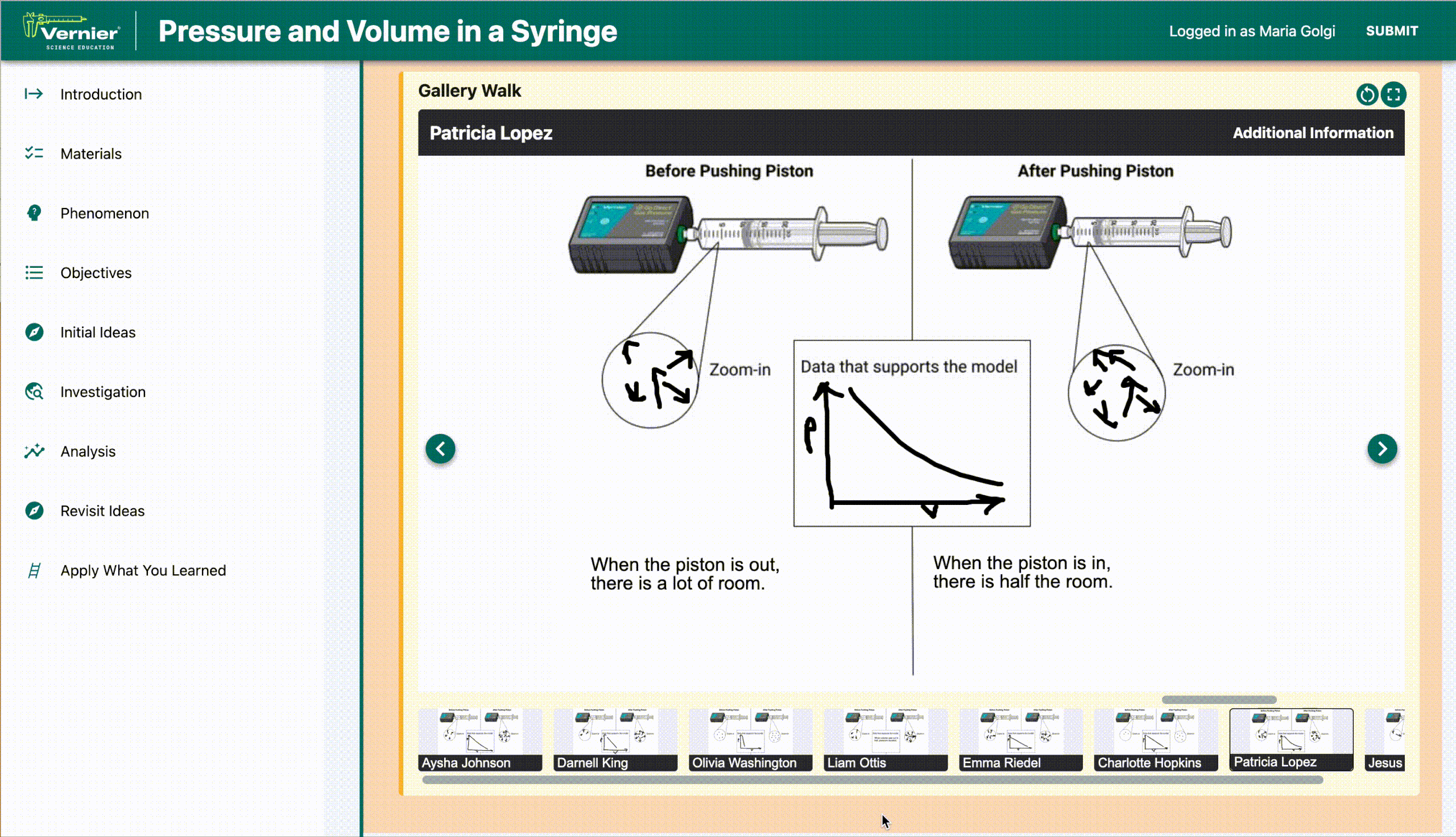
Students can use multiple modes of expression to communicate their ideas and teachers can quickly review student work so they can facilitate discussions and adjust instruction.
Advancing STEM Literacy
Vernier Science Education believes in partnering with teachers and communities to build a STEM-literate society, where all students grow up to become citizens who can solve complex problems and contribute to their communities while driving innovation. By grounding all Connections lessons in the principles of UDL, we are taking crucial steps to meet this goal.
We look forward to continuously designing a journey that will support the learning of all students—and we are honored to develop lessons that engage all learners in hands-on science education.
Stay ahead of the curve – Subscribe to our Connections newsletter today!
Share this Article

Sign up for our newsletter
Stay in the loop! Beyond Measure delivers monthly updates on the latest news, ideas, and STEM resources from Vernier.

